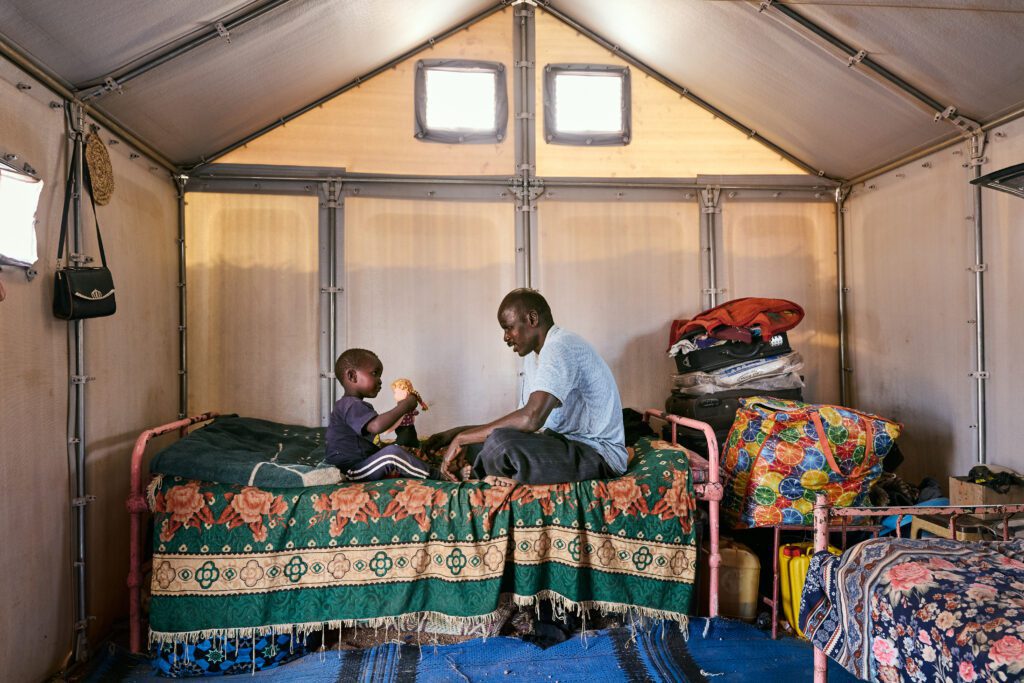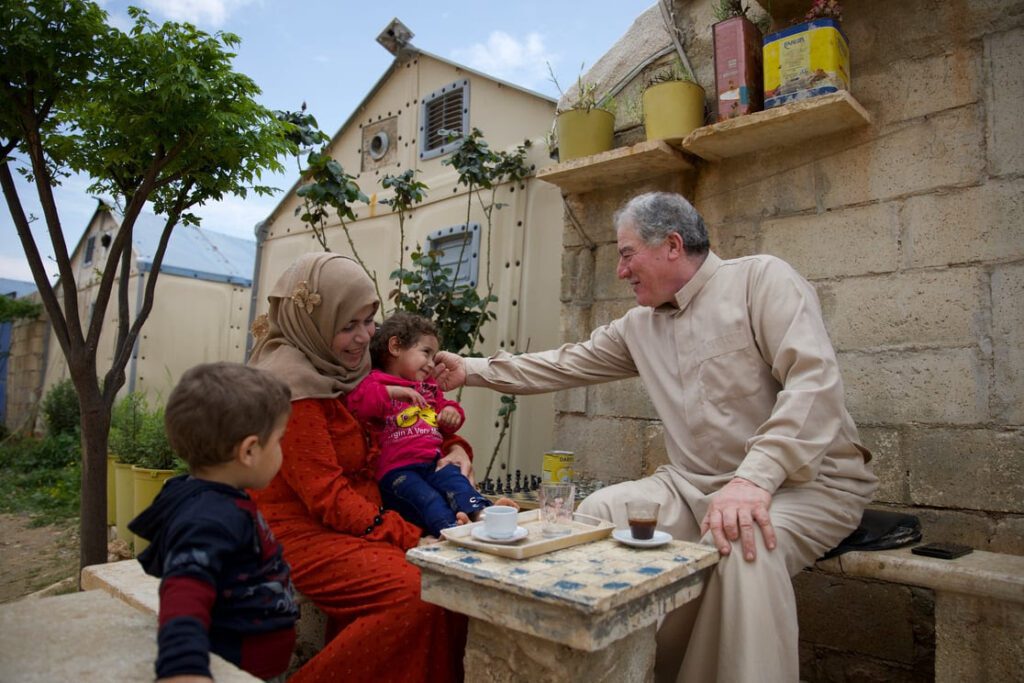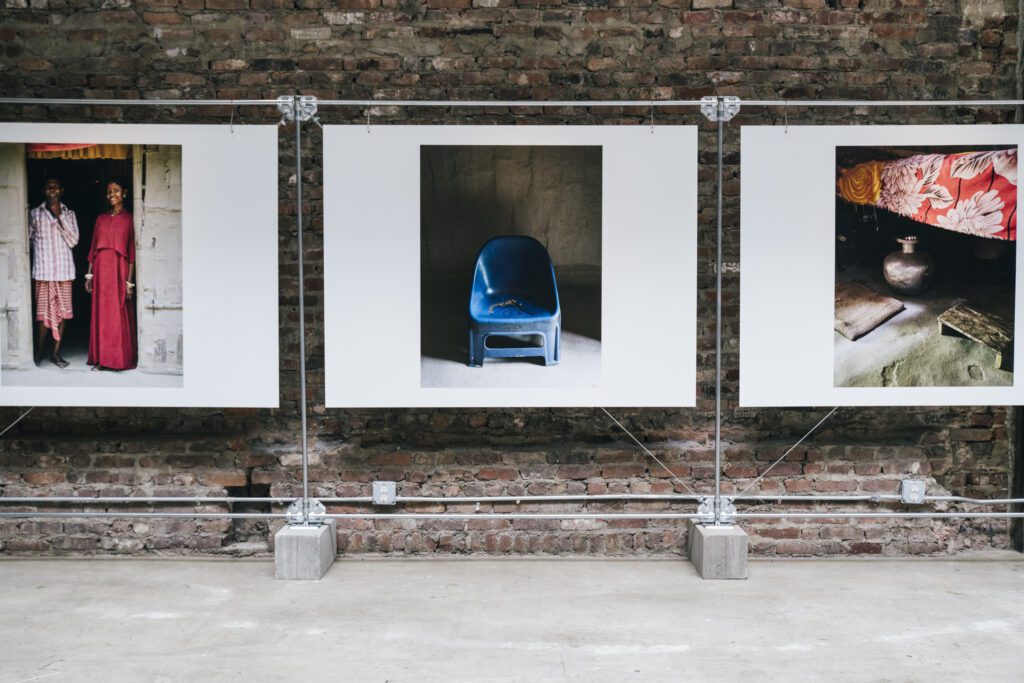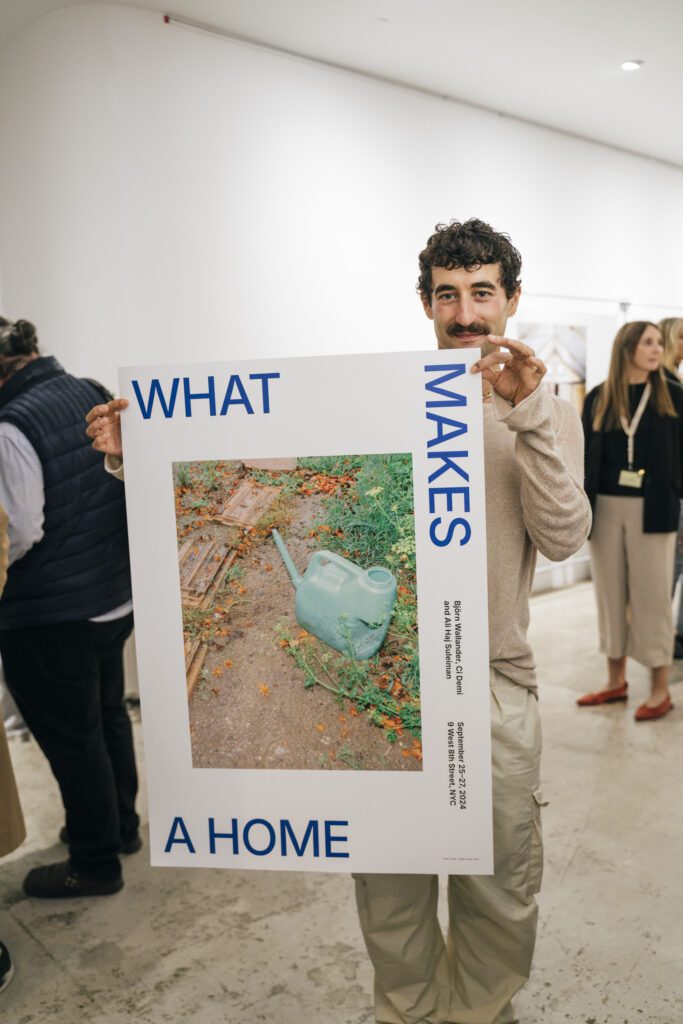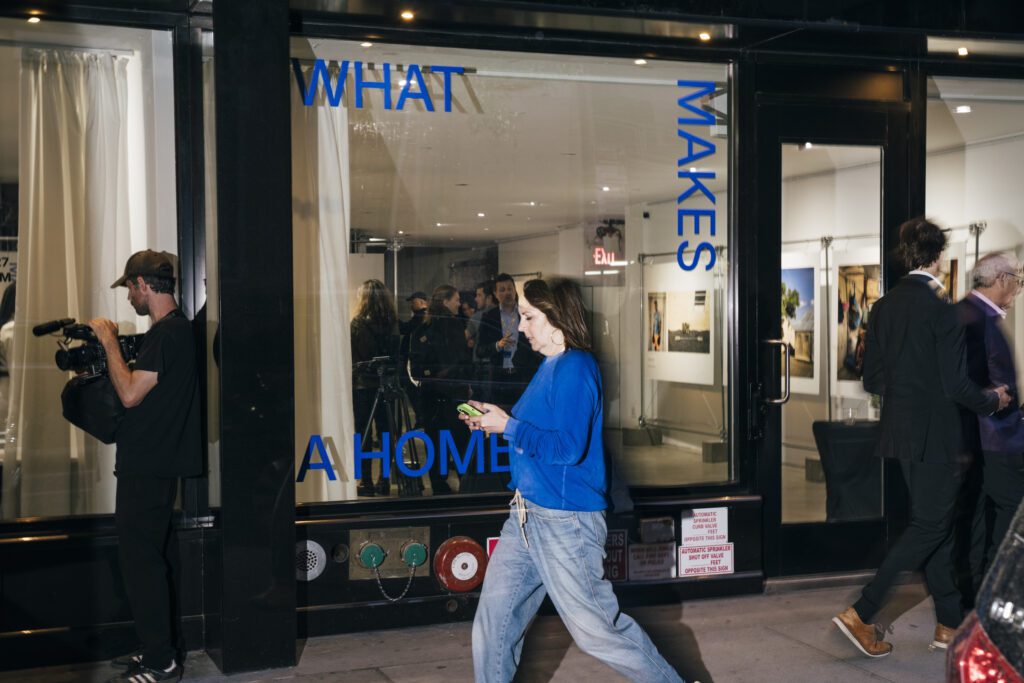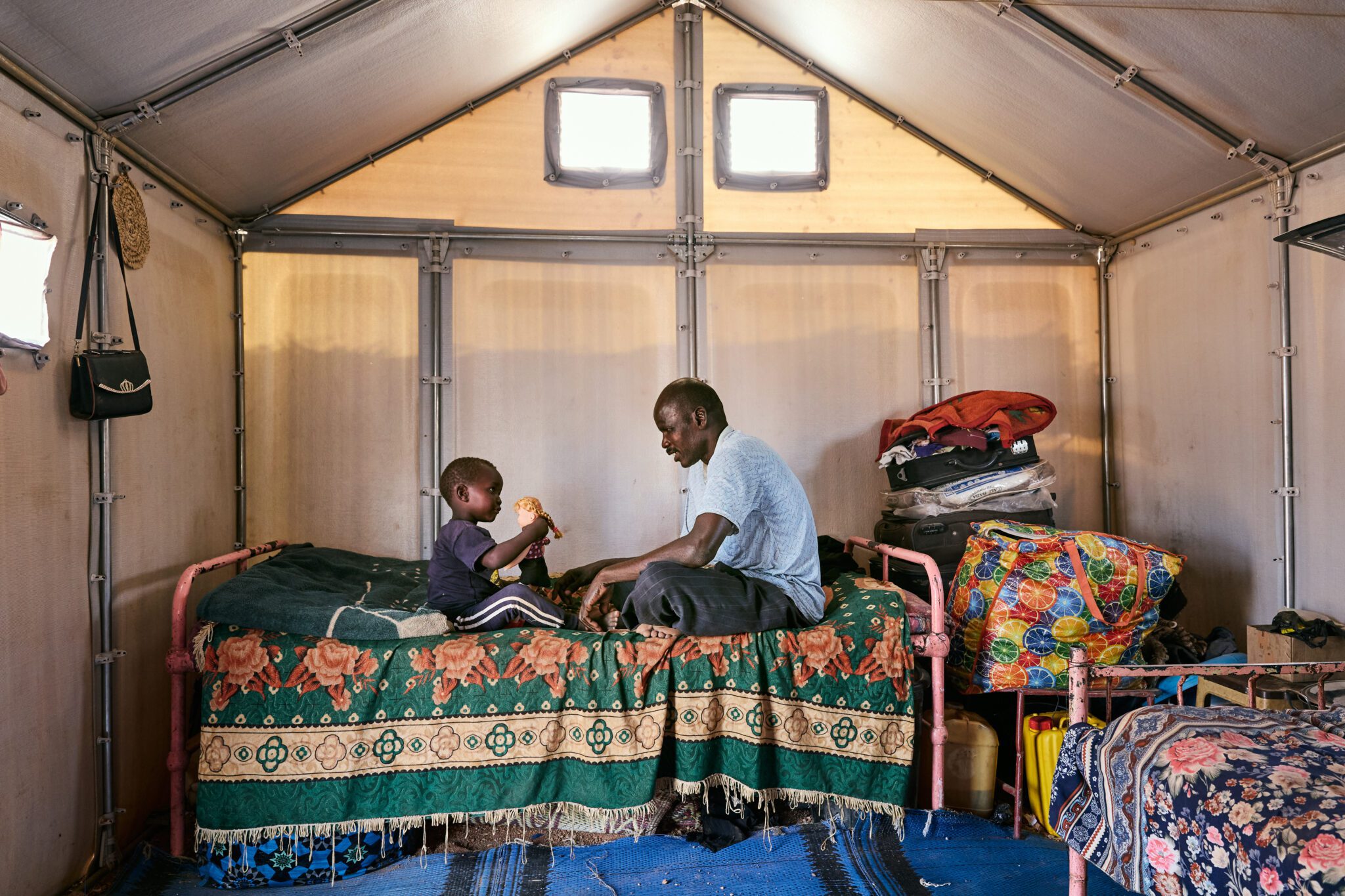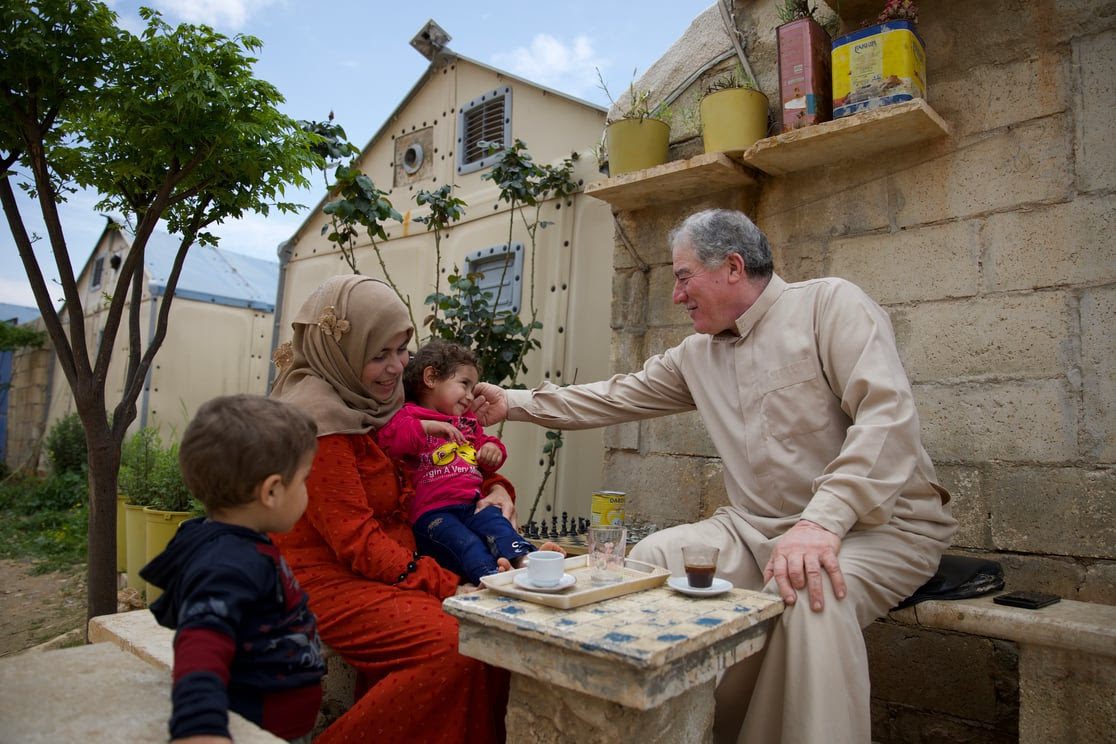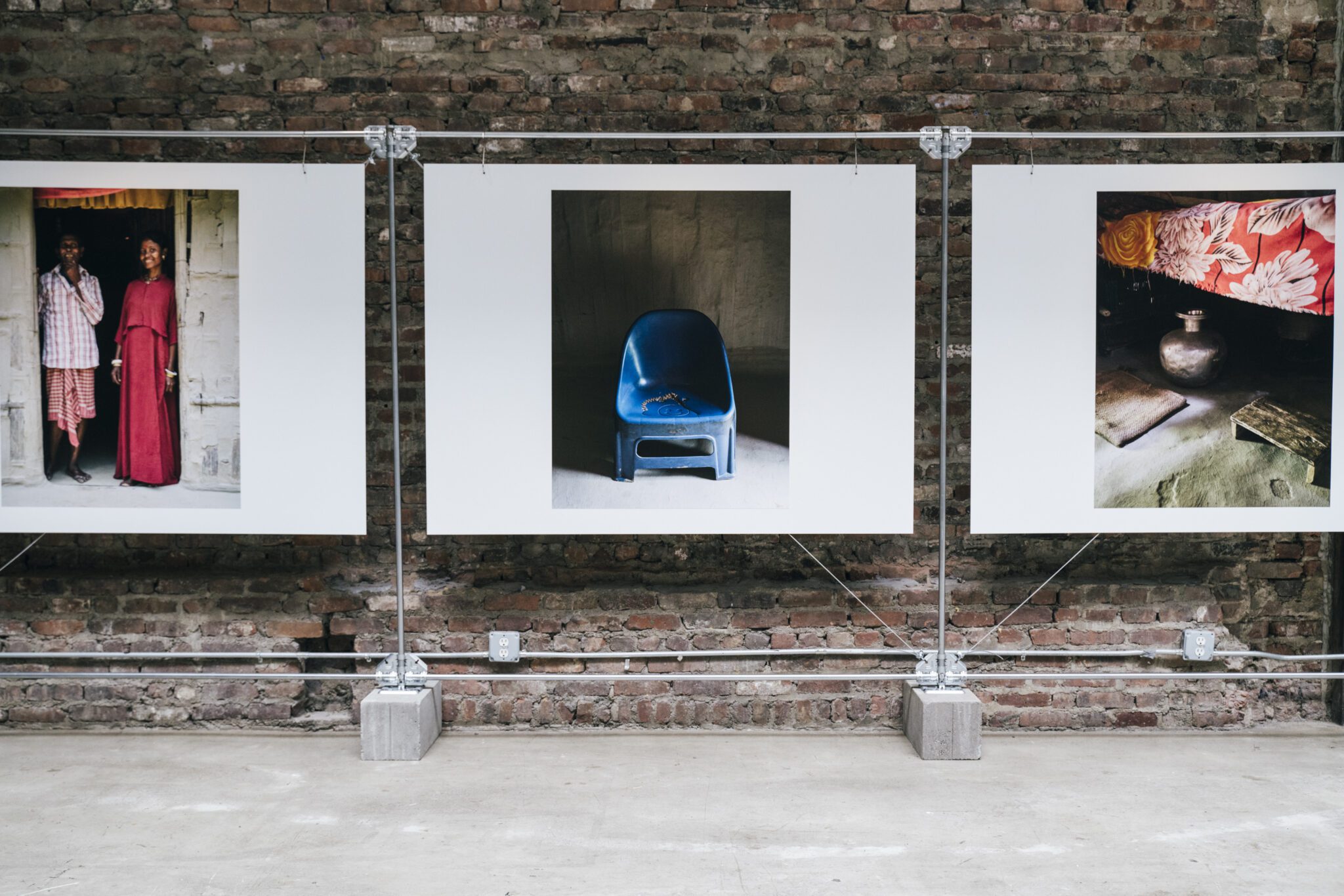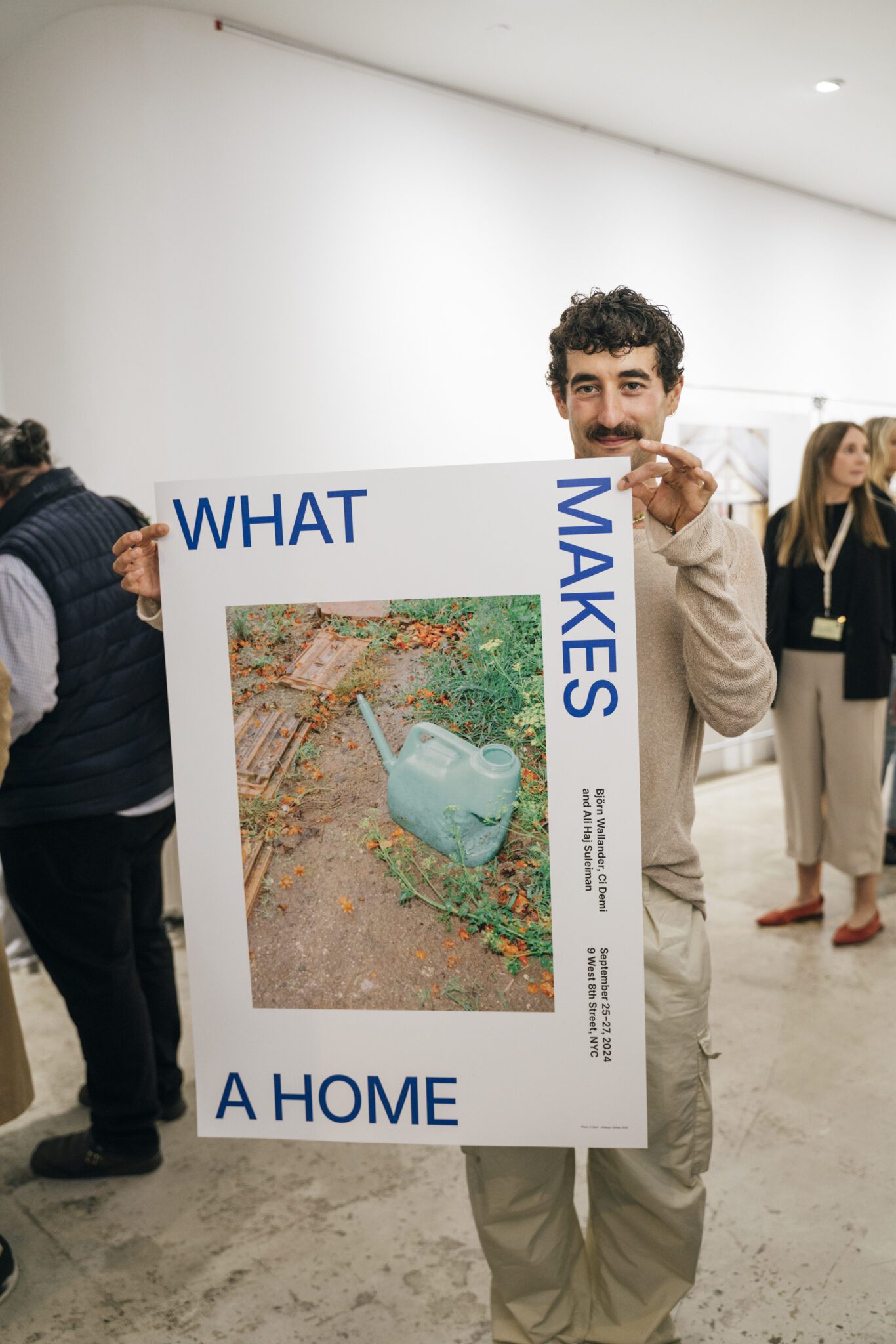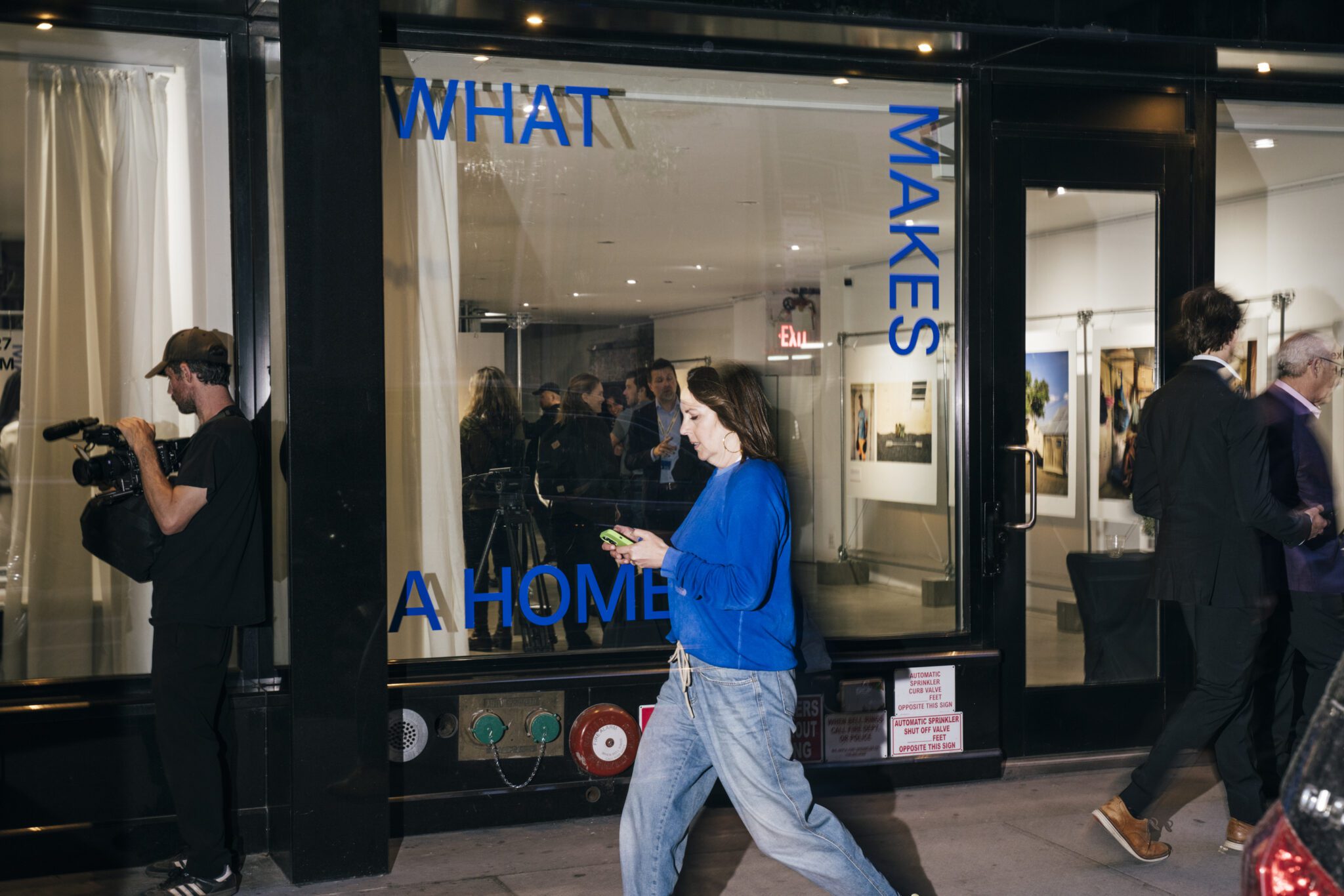WHAT DID WE DO IN 2024?
In our Global Compact Communication on Progress January 1 to December 31, 2024, we report on our work under the categories of human rights, anti-corruption, environment, governance, and labour, as well as our contributions to several Sustainable Development Goals (SDGs).
Our theory of change
Our Theory of Change outlines the logic behind our work, how our actions lead from immediate relief to long-term impact.
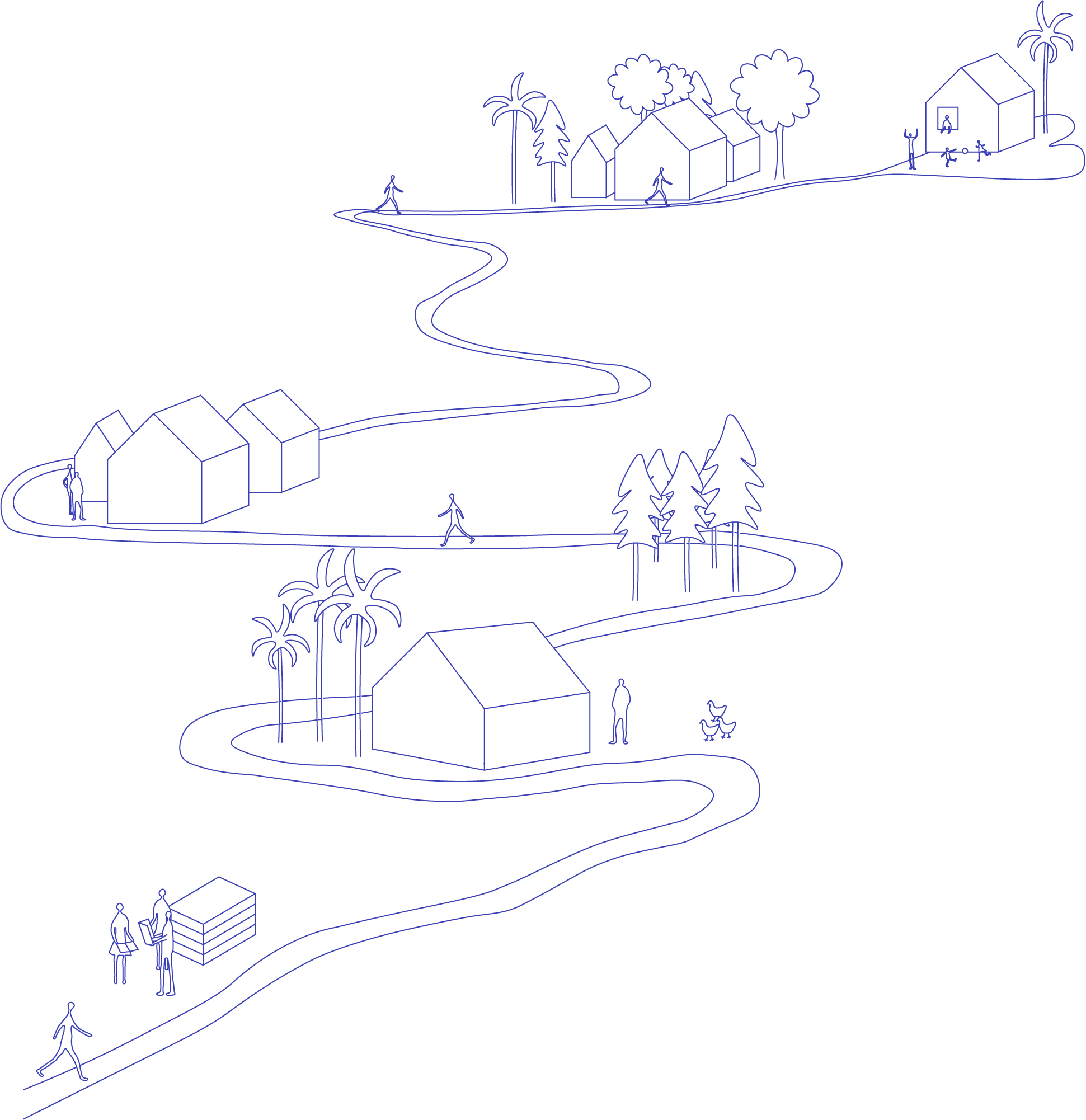
Vision
A world where displaced people have a safe and dignified place to call home
Our long-term goal
Improved wellbeing of displaced people, on their way to a permanent home.
Medium term outcomes (quality)
Better shelters enable displaced people to fulfil basic rights and livelihood activities
Quality of social infrastructure, services and community fabric improved
Short term outcomes (access)
Displaced people have improved access to safer, more dignified and appropriate shelters
Displaced people have improved access to community and social infrastructure
How we contribute
Humanitarian actors implement the shelters with high standards and efficiency
The shelters are better, more affordable and designed with improved environmental and health impact

We started developing shelters in 2010 to provide displaced people with safety, dignity, and hope on their path towards a more stable life in a permanent home.
We remain committed

Statement of Continued Support to the UN Global Compact
Ten years ago, we sent our first shelters to Nepal and…
Figures at a glance
Shelters
Countries
Students & teachers supported in Morocco
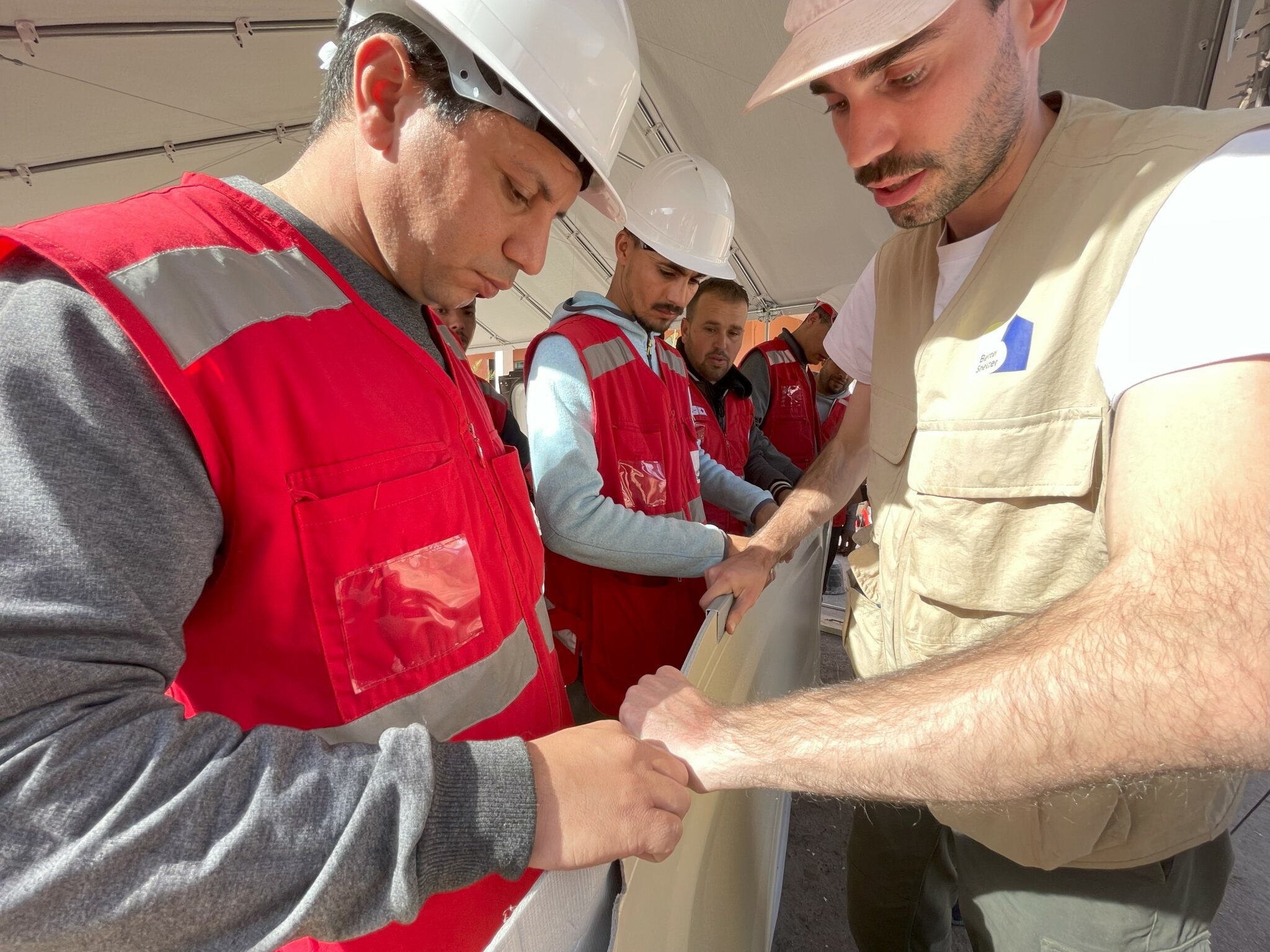
Human rights
We support human rights, focusing on the rights to shelter, education, health and protection, with our partners. Here are some highlights from 2024.
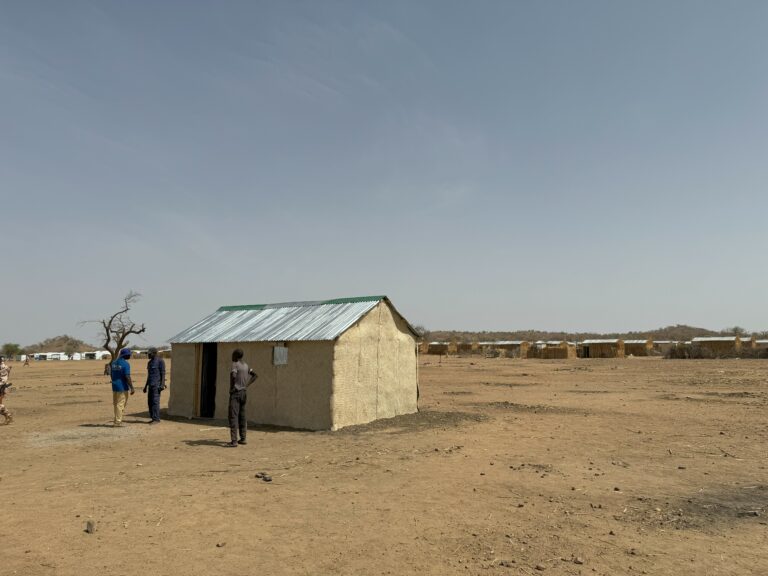
Shelters for refugees and returnees in Chad
In recent years, we have supported Sudanese refugees in Chad, as…
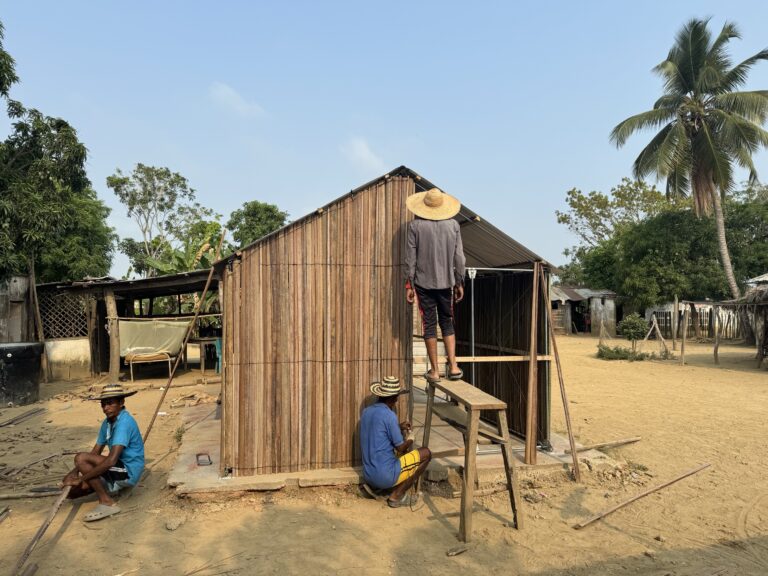
Building with local material and expertise in El Chopá, Colombia
Since 2021, heavy rainfall has caused severe flooding in San Marcos,…
Environment
We team up with humanitarians, businesses, and researchers to make our shelters better and our environmental impact smaller.

Measuring CO₂ impact
Most of our emissions fall under Scope 3, which includes all…
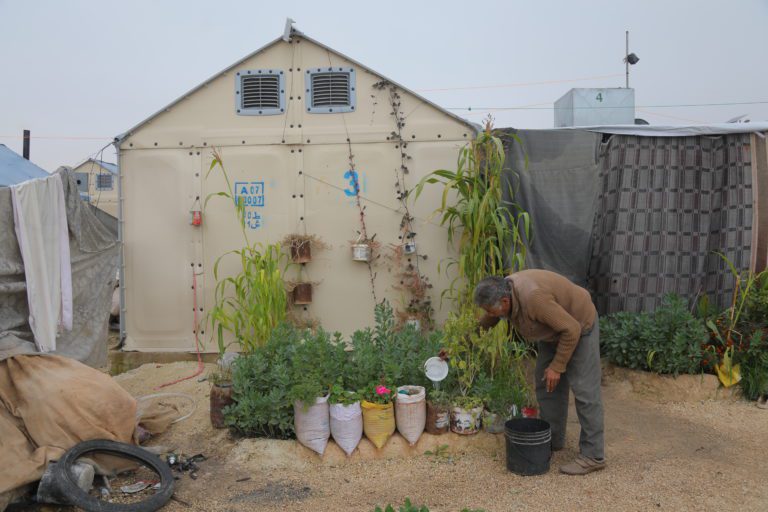
Minimising our environmental impact
We often operate in regions already acutely affected by climate change.…

EU compliance
In 2024, we continued to strengthen our collaboration with suppliers to…


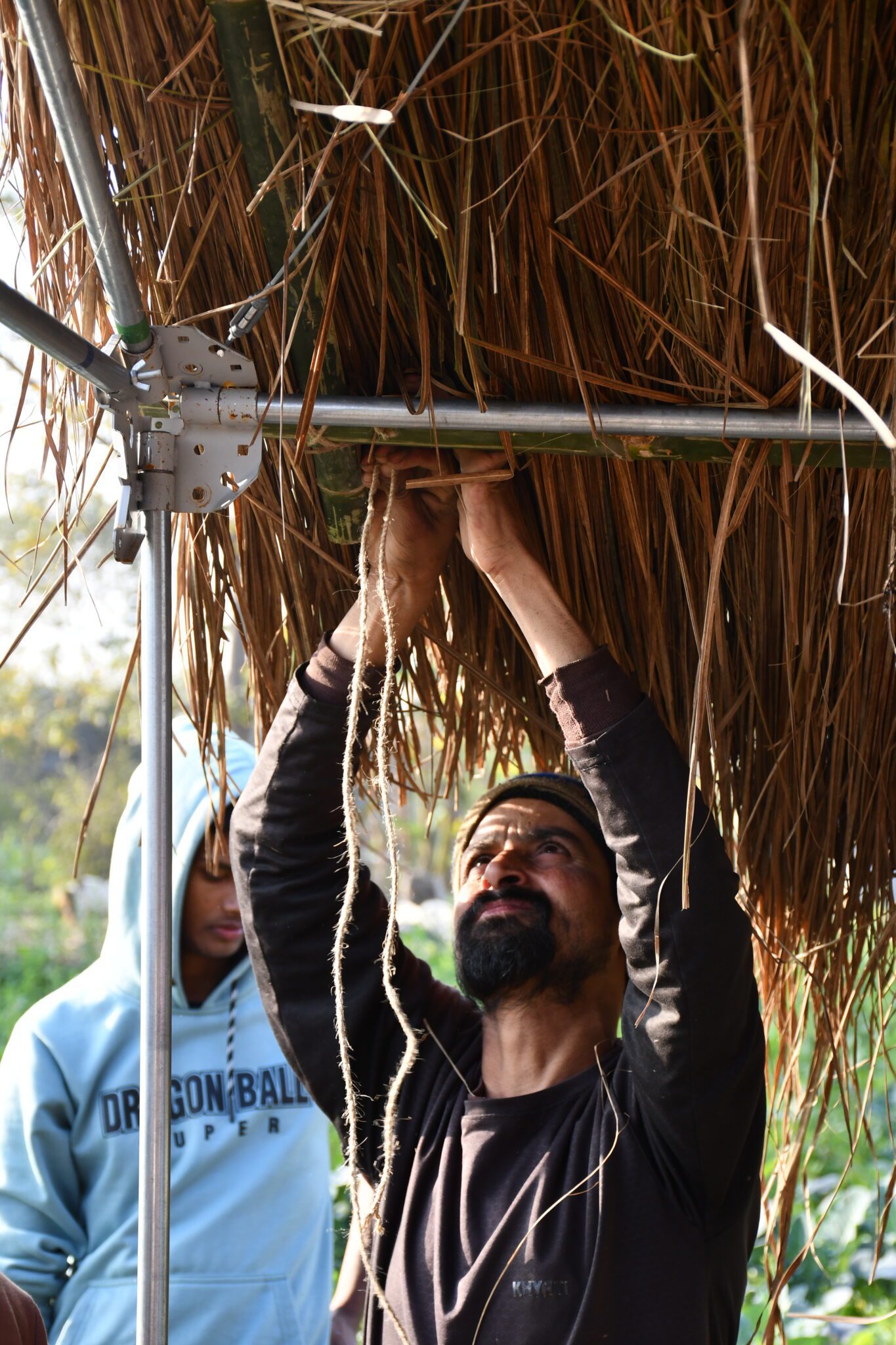
Other initiatives
What Makes a Home
With the creative project What Makes a Home, launched in 2024, we explore displacement and how people transform temporary shelters into homes.
Last year, the photographers Björn Wallander, Ci Demi and Ali Haj Suleiman captured the complexities of displacement, grief and uncertainty, alongside moments of normalcy.
The photos (some of which are in the slideshow above) were exhibited during Climate Week and the UN General Assembly in New York City and made possible with generous support from the Fondation Mehra et David Rimer.
The Sustainable Development Goals
The UN Sustainable Development Goals (SDGs) lay out a common plan for a fairer, more sustainable world. They guide everything we do, from how we work to who we work with.

Develop shelters that are safe for people and the environment. Invest in R&D to reuse and recycle shelter materials in the safest possible ways.
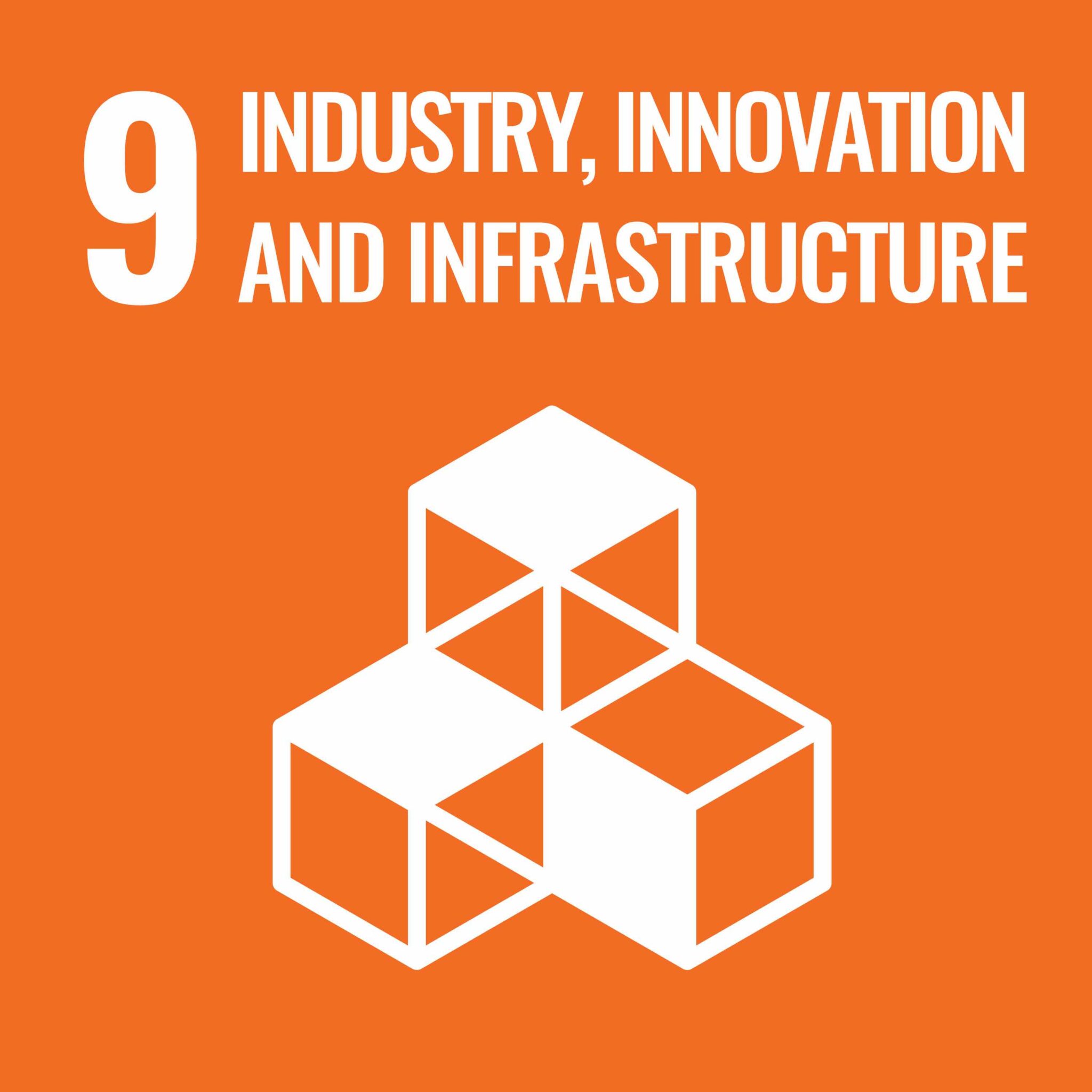
Conduct R&D to identify alternatives to plastics. Strengthen knowledge exchange with partners and donors. Improve the shelters’ environmental performance through continuous monitoring and evaluation.
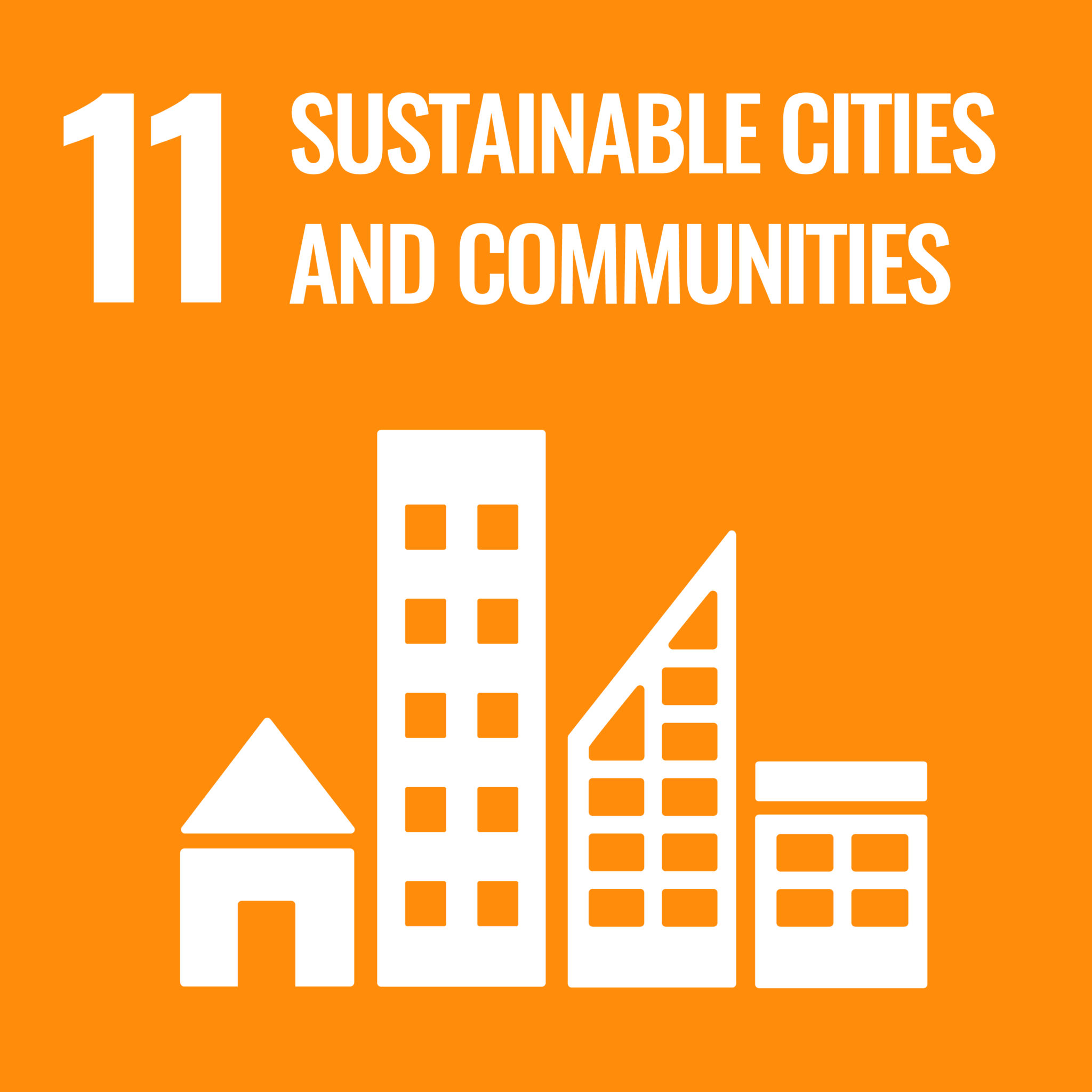
Extending our shelters’ lifespan through incremental improvements and exploring alternative materials through ongoing R&D.
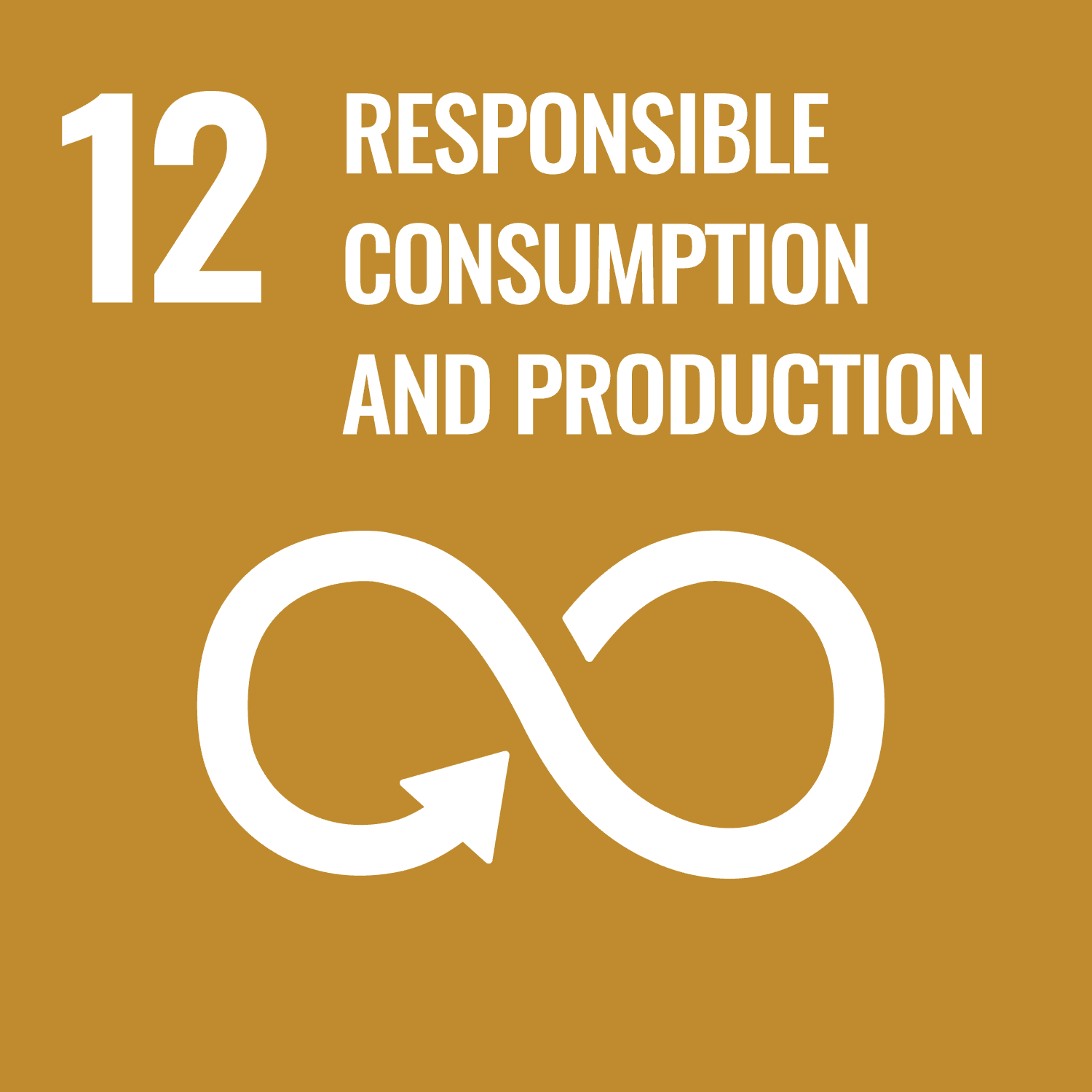
Develop comprehensive information for partners on materials, reuse, repurposing, and recycling. Create simple, visual Information, Education, and Communication (IEC) materials for the people living in our shelter units.
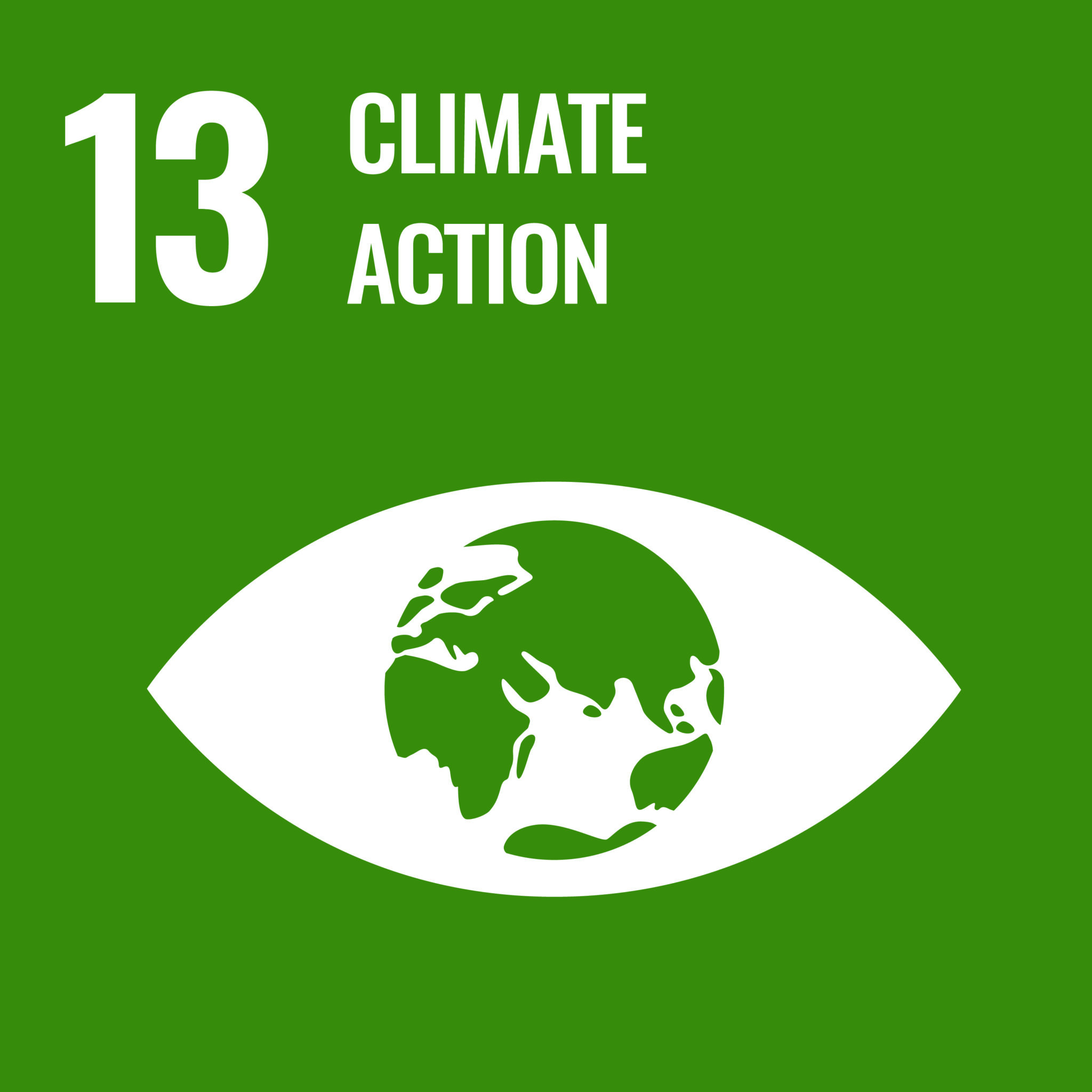
Design shelters that protect people and have a minimal environmental impact. Ensure all packaging is recyclable or reusable by 2030, with a 5% reduction target. Cut plastic waste and lower fossil fuel use in production.
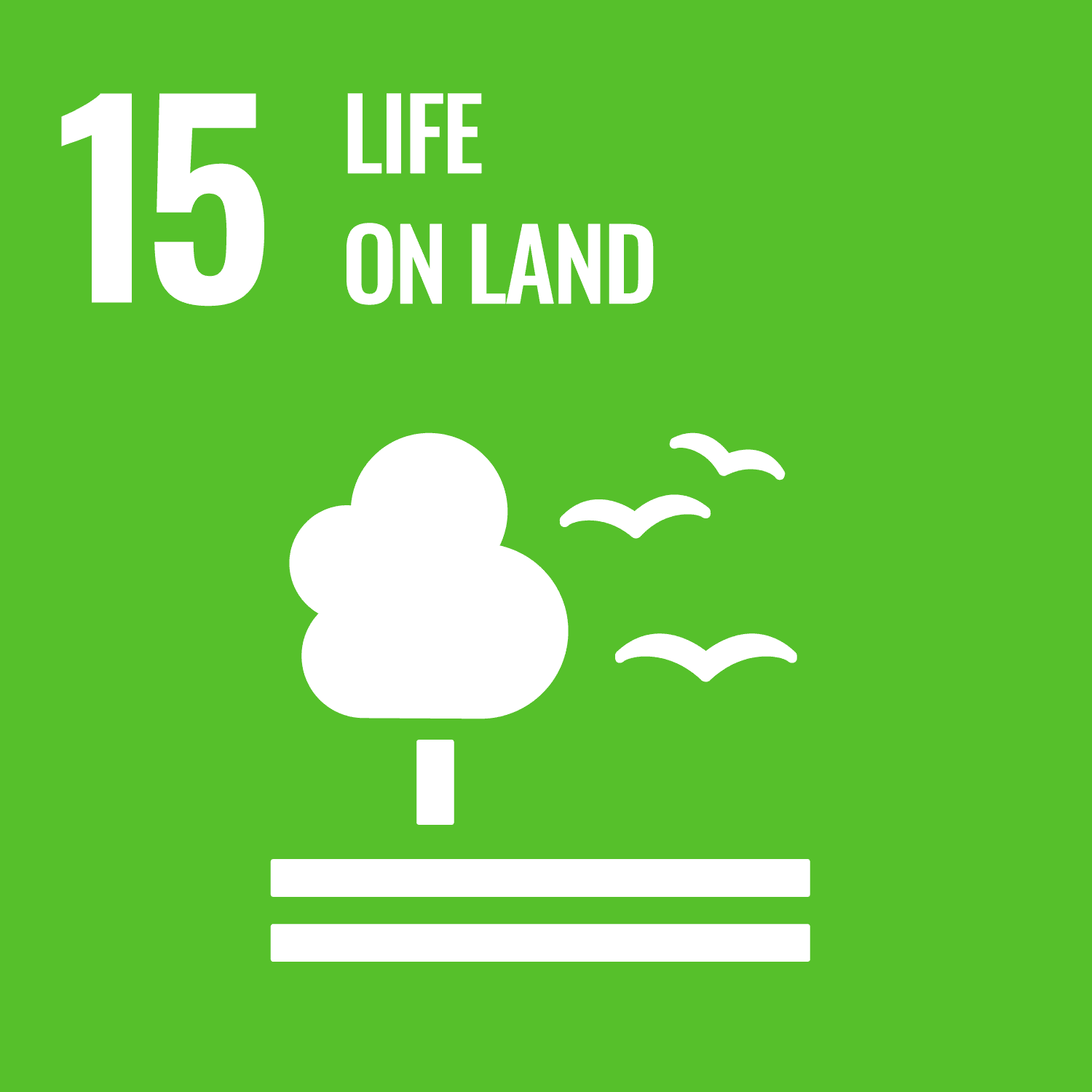
Map and evaluate the capabilities of recycling facilities to handle plastics near humanitarian settings. Develop decommissioning guidelines for current shelter units.
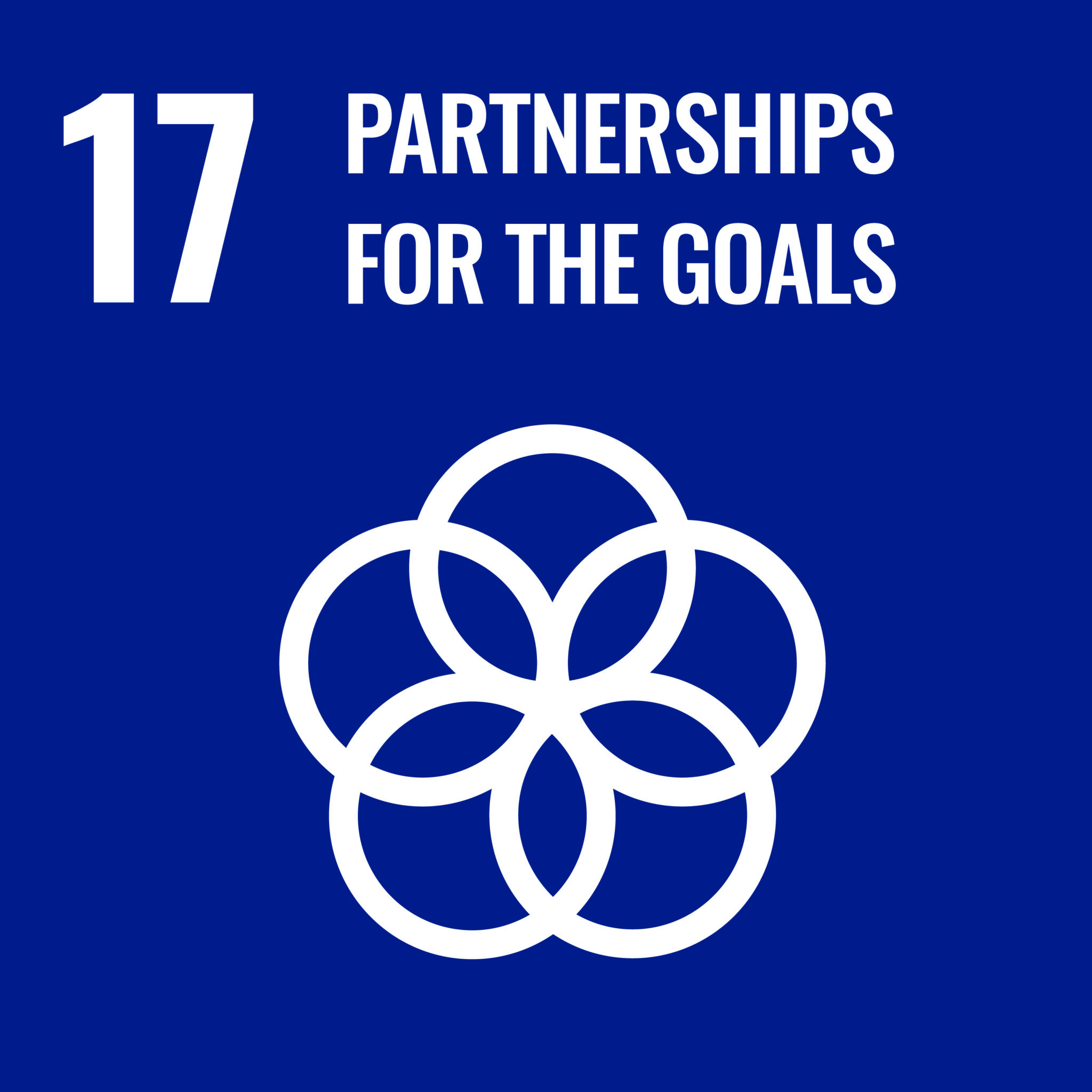
Strengthen private sector partnerships to co-create durable and alternative technical solutions and tools. Compile best practices on waste management and develop key messages and Q&A packs for partners.


